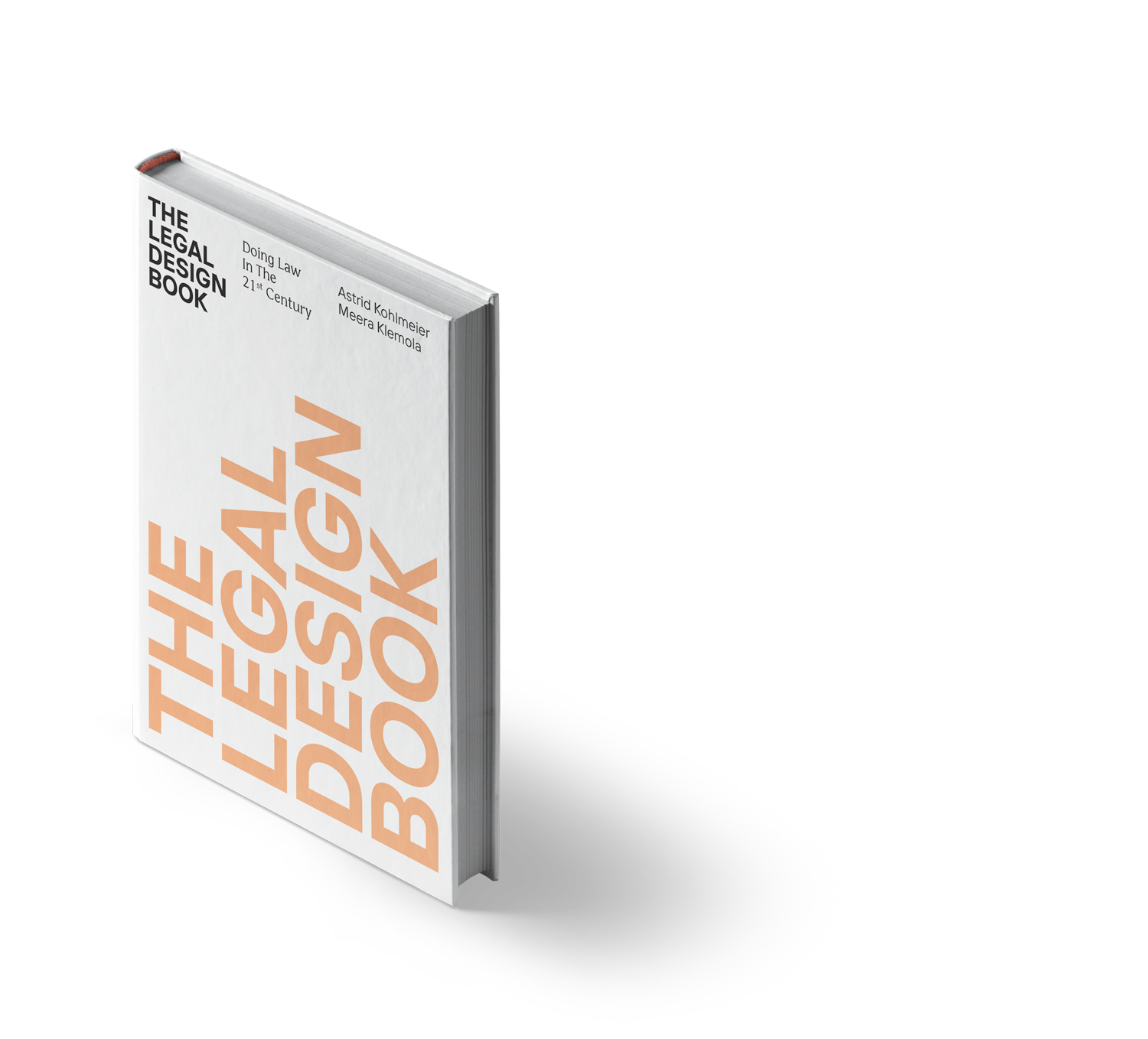Multidisciplinary Teams
Multidisciplinary Teams

Legal design teams should comprise professionals from various disciplines.
Legal design works on the premise that perhaps the most powerful contributions and changes in law can be made possible when legal problems are not tasked to lawyers alone to solve, but instead are assigned to a variety of professionals, combining their various areas of expertise. Traditionally, lawyers perceive their colleagues as either lawyers or “non-lawyers.” The lawyers in a law firm are perceived as fee earners and the other professionals as “fee burners.”
This seemingly innocent delineation between lawyers and other professionals who work in law firms has serious ramifications for creating multidisciplinary teams, because it positions a lawyer’s contribution as more valuable than that of another professional. We have observed that this type of delineation gives lawyers a false sense of elitism, which is not conducive to collaborative, multidisciplinary work – particularly as we move into a digital economy. When we look at other professions, this behavior of categorizing professionals as “A” or “non-A” is not the norm. For example, a doctor does not refer to nurses as “non-doctors” or to medical receptionists as “non-doctor professionals,” so why does the legal system insist on referring to other professionals as “non-lawyers”? We believe that such categorizing of people is not only outdated, but it does not reflect the modern values of society in 2021, particularly those of the Millennial generations and younger, who embrace differences and are not so concerned with labels, titles and pigeonholing people into single categories. We should conduct ourselves with integrity and respect for everyone’s expertise, and that means giving professionals with different sets of skills the respect and recognition they deserve.
The educated lone warrior
One reason for this phenomenon of categorization lies, once again, in legal education. In universities, lawyers are educated to be lone warriors. They do not learn what the advantages might be of joining forces with other lawyers or even with other professionals. The added value that multidisciplinary work creates is simply unknown to most lawyers. The legal curriculum generally refers to the respective substantive laws and, if necessary, how they can best be enforced through a lawyer’s professional work. The emphasis is on students’ knowledge of the subject matter and how well they can apply the forms of the respective laws. This one-sided way of thinking does not prepare students for the challenges of the practical working world. We see an urgent need for reforms and updates to legal education and advocate that law schools should be equipping their future law students with legal design skills in order to ensure that they thrive in today’s workplace. Between the two of us, we have co-taught legal design modules with professors at various universities, and we have witnessed firsthand the change in mindset towards collaboration and client-centricity and the creativity it brings about in law students.
For legal professionals working “in-house” at companies or organizations, the story is a little different. Within an organizational context, lawyers working in-house are generally viewed as cost centers, while their counterparts in marketing, product development and business functions are viewed as contributors to the bottom line. In-house lawyers are often unfairly perceived as a hindrance to business as opposed to being facilitators.
Whichever scenario we look at – be it in a law school, a law firm or in an organization – it appears that the legal function is often siloed off from other professions, making it more difficult to reap the benefits of multidisciplinary working.
Today we are moving towards client-centric, connected solutions and as such, distinctions between lawyers and “non-lawyers” are becoming less relevant. To create connected service solutions, you need to bring lawyers’ expertise together with technical expertise for building, design expertise for user and client experience, marketing expertise to boost brand awareness and sales expertise for conversion. All of these experts are thus becoming part of the same value proposition, and each is no more important than the other in the value chain. Therefore, in the new world where legal services are moving more toward connected services, the lawyer is not necessarily at the center, but instead is a key component together with their contemporaries from other professional backgrounds.
In addition to the business need for multidisciplinary teams is the fact that the ability to innovate and disrupt increases in multidisciplinary teams. We see this as a huge benefit when operating in a highly competitive market such as the legal profession.
Please note:
If you are using our text or parts of it in any way, you must mention The Legal Design Book and us, the authors, Meera Klemola and Astrid Kohlmeier as your source of information.
A new perspective on the legal profession
The Legal Design Book is the go-to guide for practitioners seeking to understand the topic and apply legal design in their daily work. We cover what legal design is, why it’s important and how you can apply it in practice.
